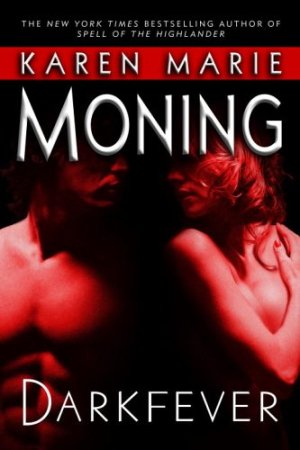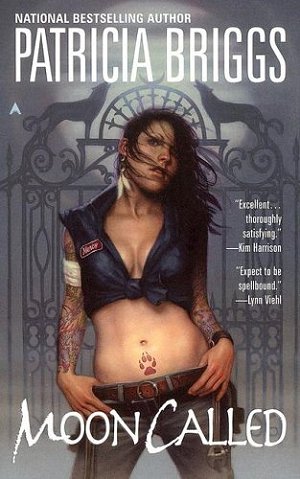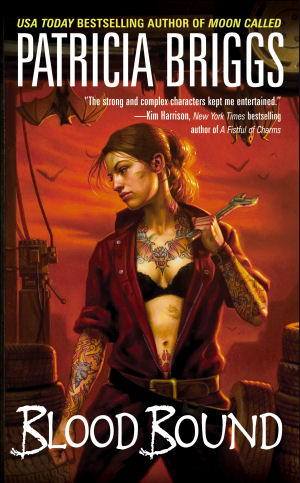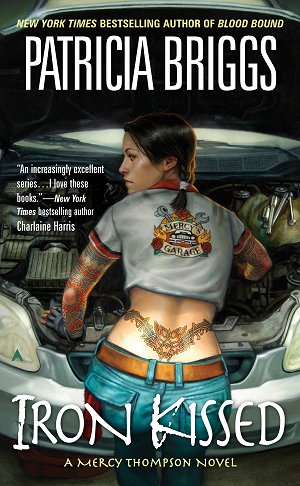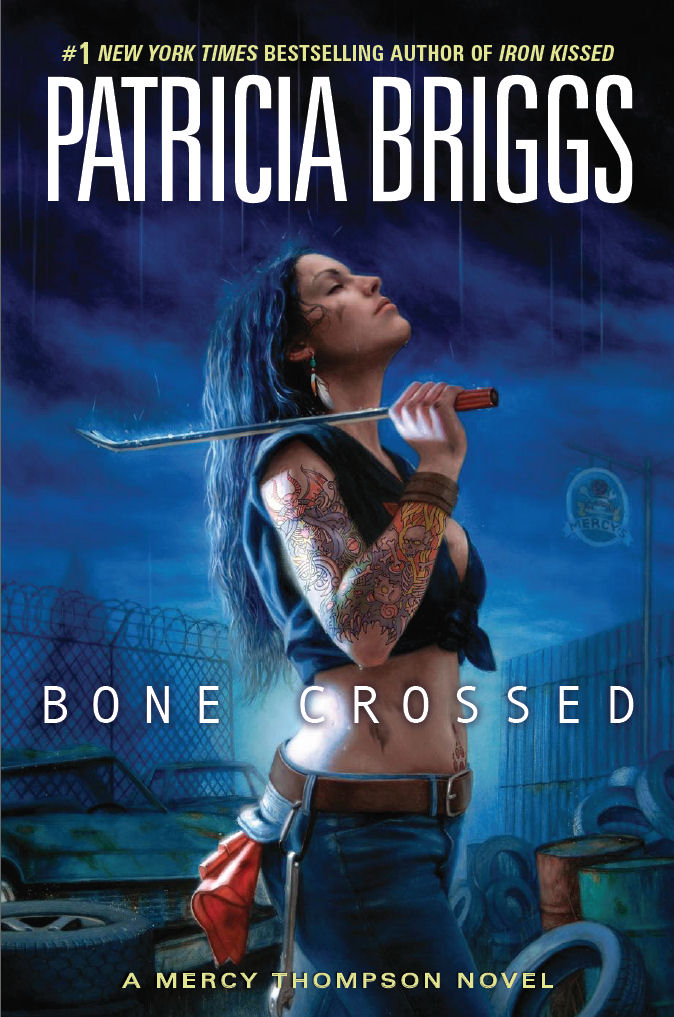- Dead Witch Walking (April 2004)
- The Good, the Bad, and the Undead (January 2005)
- Every Which Way But Dead (June 28, 2005)
- A Fistful of Charms (June 27, 2006)
- For a Few Demons More (March 20, 2007)
- The Outlaw Demon Wails (February 26, 2008)
- White Witch, Black Curse (February 24, 2009)
- Black Magic Sanction (February 23, 2010)
- Pale Demon (February 22, 2011) - 5 out of 5
Narrator: Marguerite Gavin - 4 out of 5
Summary:
Rachel Morgan, a powerful witch with a genetic quirk that allows her to twist demon magic with her blood, is desperately trying to get her shunning removed by the Coven as a black witch. If she fails, she will end up in the ever-after, living out her life among demons. At the end of Black Magic Sanction, Rachel has reached a truce with the Coven that they will remove her shunning if she shows up at the Convention meeting in San Francisco in a month and beg forgiveness for using black magic. In return, she'll keep secret that all witches are just stunted demons. Rachel has also reached an awkward truce at the end of Black Magic Sanction with Trent, a rich good-looking elf politician whom she made her demon familiar to rescue him from the ever-after, that he will cease trying to kill her if she removes her demon mark before the Convention.
At the beginning of Pale Demon, we're three days away from the Convention. The Coven is doing everything in its power keep Rachel from the Convention, from placing Rachel on a no-fly list to trying to have her killed. In the meantime, Trent, who still wears Rachel's mark, has a mysterious Elvin quest he must complete that requires him to travel to the West coast as well, but not by plane. The result is this: a demon-witch, an elf, a pixy, and a living vampire; three days; one car. But surely, Rachel has a chance? Rachel's personal demon teacher, Algaliarept, says it best (at 10:30 hours of 18):
“You don’t have a rainbow’s chance in hell to get your shunning revoked. . . . You just traipsed across the continent, black magic spilling in your wake, freeing demons and destroying a national monument. You knocked out a Coven member, kidnapped her, let her watch you use demon magic to fight of said freed demon. Twice. Hell, girl, you burned down Margaritaville! . . . You are so screwed.”
Incredible Internal Consistency:
A good book in any genre is internally consistent. It's a matter of editing and proofing. However, no one expects a series to be internally consistent. We're talking many years, sometimes a decade, of book after book. Characters change; rules change. Just think of Charlaine Harris's very excellent Southern Vampire Mystery series. In the first book, Dead Until Dark, we're given a clear rule that if a corpse is not drained of blood, it wasn't killed by a vampire. Bill explains that it's simply beyond a vampire's capability to leave a corpse without drinking its blood. However, in the fifth book, Dead as a Doornail, a vampire kills a man without touching his blood to frame a human. Really, throughout the series there's plenty of non-snacking killings by vampires. Five years later, Charlaine Harris cannot go back and edit out that one line from her first book. We understand that. Moreover, that bit of inconsistency takes away nothing from the enjoyability of the later books.
Kim Harrison is shockingly consistent throughout the series. Early in Pale Demon, Rachel is attacked by an elf for the first time with what she calls "wild magic." The method of attack is kind of strange: Rachel is attacked by elves singing. This is book nine, and while I listen to this, I'm thinking of my favorite scene from the series in book three, Every Which Way But Dead, where Trent saves Rachel from hypothermia.
"The car picked up speed, and the sound seemed to lull me. I could relax, I thought as I felt the tingling of circulation in my limbs. I was in Trent’s car, wrapped in a blanket, and held in his arms. He wouldn’t let anything hurt me. He wasn’t singing, though, I mused. Shouldn’t he be singing?"When I first listened to Every Which Way But Dead, that last sentence stuck out for me. Why singing? Now I know. Kim Harrison was able to foreshadow a magical element in Pale Demon 6 years and 6 books ago. This is something that needs to be celebrated.
On Narration:
If you are familiar with Carrie Vaughn's Kitty Norville series or the previous audiobooks in this series (with the exception of The Outlaw Demon Wails, which is narrated by Gigi Bermingham), you are well-acquainted with Marguerite Gavin's voice. If not, she has a strong radio-like voice, which has a sing-song quality to it. It takes about an hour to get used to the cadence that draws out the end of sentences, but once you do, it becomes part and parcel of the way you hear the story. She does fantastic accents and convincing male voices. Also, Marguerite Gavin sings certain parts of the book that require it, which is quite a bonus. She has a good singing voice and I don't suppose Kim Harrison actually had a song in mind when she wrote down what Trent sings.
Other Comments:
The lines are spectacular. The past few days I've gotten into the habit of saying things like "G-d bless it!" "Damn it back to the Turn." "Crap on toast!" and everything to do with Tink's diaphram, dildo, and being a Disney whore. Basically, the quirky inside jokes are slowly taking over my everyday exclamations.
There are spoilers in this section, where I describe what happens to Rachel in the ever-after. If you've already read this book or hate surprises, please see the rest by clicking below.















